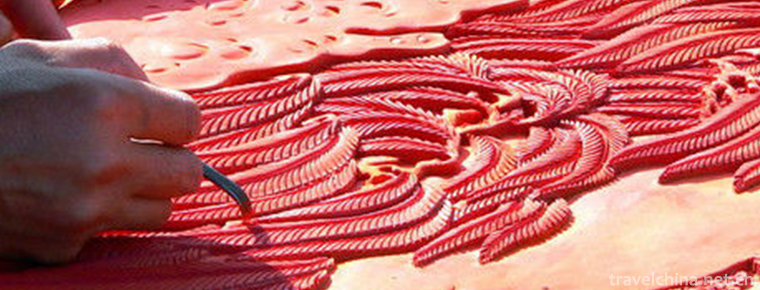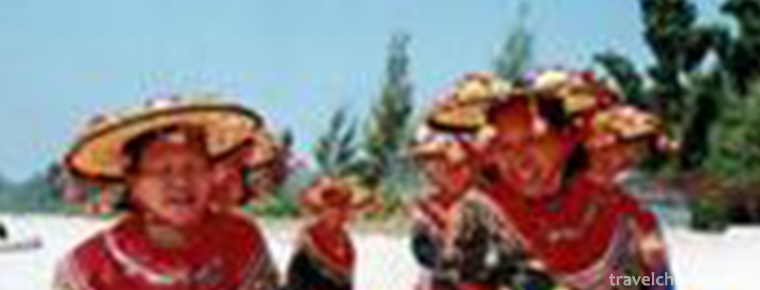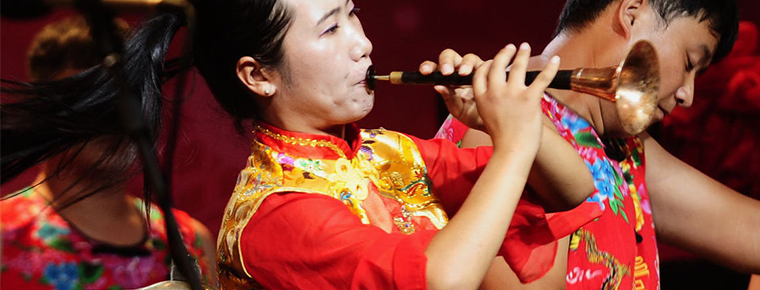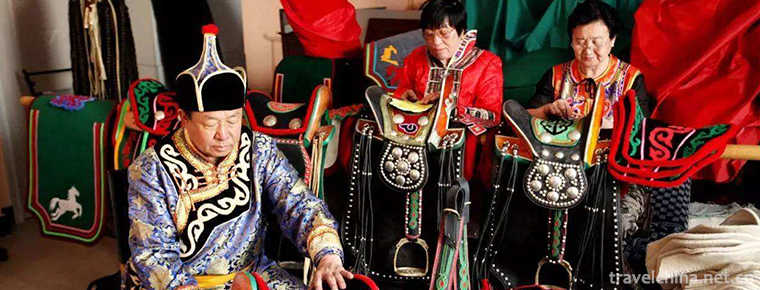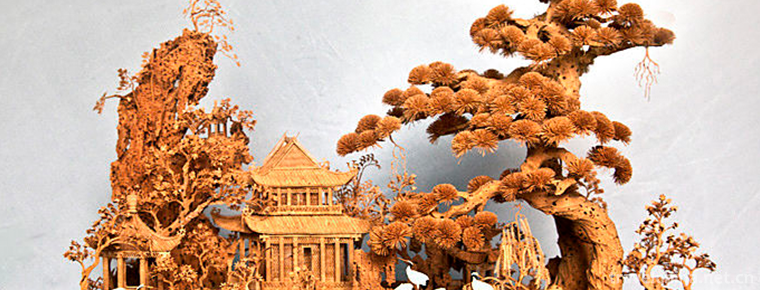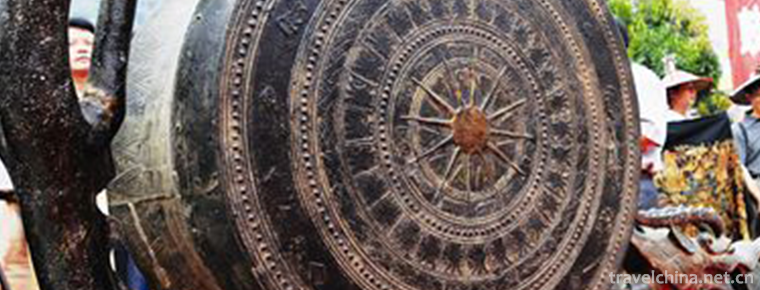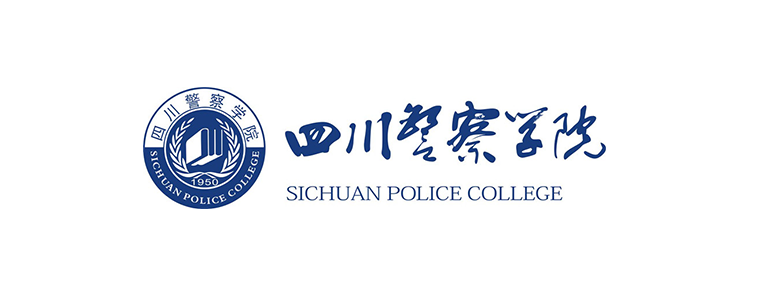Tea ceremony
Tea ceremony
Tea art is a kind of culture. On the basis of Chinese excellent culture, tea art has absorbed and borrowed other art forms extensively, and expanded to literature, art and other fields, forming a Chinese tea culture with strong national characteristics. It is a beautiful artistic conception in the whole process of tea tasting, including the appreciation of tea tasting techniques and artistic operation means, and the appreciation of the beautiful environment of tea tasting. Its process embodies the unity of form and spirit, and is a cultural phenomenon formed in the process of tea drinking activities. Tea art includes a series of contents, such as tea selection, water selection, tea cooking technology, tea set art, environment selection and creation. Tea art background is an important means of foiling the theme idea. It renders the pure, elegant and simple temperament of tea and enhances the artistic appeal. Different styles of tea have different background requirements. Only by choosing the right background can we better understand the taste of tea.
In 1999, the Ministry of Labor officially listed "Tea Artists" as one of 1800 occupations in the Classification of Occupations of the People's Republic of China, and formulated "National Professional Standards for Tea Artists". As a classical school of Chinese tea art, Chaozhou Gongfu Tea concentrates the essence of Chinese tea ceremony culture. In 2008, Chaozhou Gongfu Tea Art was selected as the representative of tea art in the second batch of national intangible cultural heritage list. The successors are Chen Xiangbai and Ye Hanzhong. Chaozhou Gongfu Tea is one of the most representative tea arts in China. It was developed on the basis of the existing "loose tea" drinking method in the Tang and Song Dynasties. It belongs to the category of the loose strip tea soaking method and is the ultimate of the drinking method. Tea art performers include: tea, Anxi Tieguanyin, Wuyi Rock Tea as the best. It can hold 3-4 cups of water in Mengchen pot (Yixing purple sand pot), Ruochun Ou (tea cup), Jade Book mill (kettle), Chaoshan oven (electric furnace or alcohol stove), tea tray, tea boat, etc. Tea-frying ceremony in Japan and tea-making ceremony in Taiwan all originated from Gongfu tea in Chaozhou.
On June 7, 2008, tea art was approved by the State Council to be included in the second batch of national intangible cultural heritage list.
brief introduction
About tea art
Tea art, which originated in Tang Dynasty, developed in Song Dynasty, reformed in Ming Dynasty and flourished in Qing Dynasty, has its own historical origin and system.
At first, monks used tea to concentrate their thoughts. In the Tang Dynasty, Zhaozhou used to introduce scholars from Zen Buddhist monks by "eating tea". Later, it became a ceremony to share tea.
In Tang Dynasty, ginger salt was often used to add flavor to tea. It is known as ginger salt tea. The poet Xue Neng's Tea Poetry said, "Salt damages and adds constant precepts, and ginger should be cooked more yellow." In the early Song Dynasty, tea-ordering method was popular. Tea was ground into fine powder, and the tea soup was white as milk. In Guanlin Poetry Tales, Su Shi in the Northern Song Dynasty liked the spring water of Fengxiang Yunudong. Every time he went there, he took two bottles of tea back for cooking. Su Shi wrote the poem "Sending Tea with Jiang Kui": "Old wives and young children don't know love, half of them have been fried with ginger salt." Su Shi himself pays great attention to the effect of tea cultivation. After eating, gargling with strong tea can relieve boredom.
Tea making began to be popular in the Ming Dynasty.
Where there is a place for Chinese people to settle down, they take the habit of drinking tea. The Chinese first discovered tea, which is an ancient nation that drinks tea. When you come to Baodao Taiwan, you may see three or two elderly people sitting around a fist-sized and ancient delightful teapot in a temple in an old street, with a cup in hand and drinking while talking. That is the traditional Chinese tea for the aged. You may also see a tea house with tea characters on the busy streets of Taipei Metropolitan City, facing a natural fragrance of tea. If you are interested in stopping for a taste, someone will show you how to make a pot of easy-to-learn Gongfu tea. In 2015, "Chaozhou Gongfu Tea Art" standardized technical regulations were issued, a total of 21 procedures.
About tea
Tea is an indispensable part of Chinese people's daily life. There is a Chinese saying: "Open the door seven things: firewood, rice, oil, salt, sauce, vinegar, tea". This tea drinking habit is deeply rooted in Chinese people, and has a history of thousands of years. In the mid-Tang Dynasty, Lu Yu, a monk who became a monk in his early years and later became popular, summed up his predecessors'experience and completed the world's first book on tea - "The Book of Tea". After that, the tea-drinking atmosphere quickly spread throughout the north and south of China, from emperors and emperors to traffickers and pawns. He was not fond of tea. At the beginning of the seventeenth century, Dutch East India Company imported Chinese tea into Europe for the first time. By the middle of the seventeenth century, "drinking tea" had become a fashionable style in English aristocratic society. In China, "tea" has two ways of pronunciation because of its different culture and geography: CHA in the north and TEE in the south. Therefore, countries importing tea from northern China, such as Turkey, CHAI in Russia and CHA in Japan, have different pronunciations, such as TE in Western class and TEE in Germany. Britain is TEA.
Tea that has just been exposed to the sun is made from the tender leaves of tea trees, because of the different methods of making, there are different kinds and names. Fermentation is the most important key to the process. As a result of fermentation, tea will gradually turn red from the original turquoise. The more fermentation, the redder the color. And the aroma will change from leaf aroma to flower aroma, ripe fruit aroma or maltose aroma because of the number of fermentation. Non-fermented tea is called green tea, and the brewed tea soup is green or yellow in green, with the aroma of fresh vegetables, such as Longjing, Biluochun, etc. Full-fermented tea is called black tea, the brewed tea soup is vermilion red, with the aroma of maltose; and semi-fermented tea, that is, Oolong tea. Oolong tea is a Chinese characteristic.
Coloured tea, the most representative origin of which is Taiwan Province of China. Oolong tea can also be divided into light fermentation, medium fermentation and heavy fermentation, light fermentation such as brewing tea (green tea), with high fragrance, elegance, soup golden yellow as its characteristics; fermentation such as Tieguanyin, Narcissues, frozen top, soup color is brown, drink old and heavy, more emphasis on "throat rhyme"; and heavy fermentation such as Baihao Oolong, soup color is orange, ripe fruit aroma.
In order to make a good pot of Gongfu tea, we should pay attention to the water quality, water temperature, quantity of tea and tea set, etc.; "Water quality" must choose fresh soft water (with less minerals) and avoid hard water; "Water temperature" varies with the brewing of different tea leaves, for most tea species, brewing at close to 100 degrees Celsius is appropriate; but green tea and light fermented tea should not be too high, usually not over. Over 90 degrees Celsius, the placement of "tea volume" varies from one-fourth to three-quarters of the teapot capacity. Pour it out for about one minute after soaking, but the time of refining should be prolonged because of the difference of tea. For "tea set", purple sand pottery pot is the best, the size of pot is matched with suitable cup, and white is better in the cup, so as to distinguish the color of soup.
About tea
Tea drinking is a popular leisure activity in Taiwan. Tea drinkers must like to play with teapots. Nowadays, tea making in small pots (Gongfu Tea) is popular in Taiwanese families. It is a custom handed down from the Shenzong era of the Ming Dynasty at the end of the sixteenth century. It has a history of 400 years. Tea is made in a small teapot, which tastes special. In the Ming and Qing Dynasties, the purple clay pots in Yixing, Jiangsu Province, were the most famous pots. All the pottery artists in Taiwan not only made exquisite purple clay pots, but also developed many innovative pots, which were loved by all parties. Tibetan pots or pots have become a kind of elegant atmosphere in Taiwan.
Tea is the national drink of the Chinese people, because it contains a variety of vitamins, tea elements, essential oils, fluorine and other ingredients, and has the functions of bright eyes, clearing the brain and diuresis. Therefore, the Chinese believe that a person who often drinks tea will prolong his life. Modern science has also proved that tea has medical effects and is beneficial to the human body. Therefore, tea has been recognized as a natural healthy drink all over the world. Material.
Tea is the national drink, good tea people, know little tea.
The official record of tea drinks should start from the "Three Kingdoms Records" to have a more reliable basis. At this time, tea drinking was only popular among some upper classes in the south, and the general society held a doubtful attitude towards tea drinking; while some northerners did not know what tea was, and tea addicts were mostly regarded as "neglected domineering", "water misery" and "tyre slave" and other contemptuous words.
In the Northern Dynasty, tea drinks were sometimes displayed at banquets of high officials and dignitaries, but most of them held the mentality of "shame will not be eaten again". Only the handicapped people from Jiang Biao to those who surrendered in the Northern Dynasty could not change their preferences in the South for a moment, so they were still used to tea drinks. By the time of the unification of the north and the south in the Sui Dynasty and the peaceful prosperity of the Tang Dynasty, the tea-drinking custom in the South gradually made the cheese-loving Hu people become accustomed to tea-drinking. Tea has become a popular drink for a long time because of the growing population of tea addicts and the gradual formation of customs. This is the transition period from attempt to affirmation. There were several phenomena at that time: first, tea had become a pure beverage from its original medicinal properties to the necessities of daily life in the Sui and Tang Dynasties; secondly, tea farmers, who did not pay attention to baking and cooking, had gradually played an important role in the process of introducing tea trees to hillside fields for planting; thirdly, tea farmers who did not pay attention to baking and cooking. The "tea drinking" of water quality and other methods (at that time, Lu Yu was regarded as a plaything and mocked as "Dr. Tea"), to people gradually attach importance to tea ceremony, and really have the knowledge of tea drinking.
Classification of Tea Art
Chinese tea art can be classified into four categories according to its manifestations:
Performing Tea Art
Performing tea art refers to one or more tea artists demonstrating tea making skills for the public.
Its main function is to focus on the media, attract the public, publicize and popularize tea culture, and promote tea knowledge. This kind of tea art is suitable for large-scale gatherings and festivals, combined with the film and television network media, can play a good role in promoting tea culture and the traditional culture of the motherland.
Performing tea art focuses on visual appreciation value, but also on auditory enjoyment. It requires that the artistic appeal of tea art can be enhanced by all means of stage performance art, which originates from life and is higher than life.
Hospitality Tea Art
Hospitality tea art refers to a master tea-making artist sitting around the table with the guests, enjoying tea and drinking tea together. Everyone present was a participant in the tea art, not a spectator. They are directly involved in the creation and experience of tea art beauty, can fully appreciate the color, fragrance and charm of tea, can also freely exchange emotions, discuss tea art, and explore the spirit of tea ceremony and the meaning of life.
This type of tea art is most suitable for tea art houses, institutions, enterprises and ordinary families. When practicing this kind of tea art, don't bring the color of performing tea art. Speech and action should not be pretentious, dress and make-up should not be too strong or too gorgeous, facial expression should be the most avoided exaggeration, must be as kind and natural as the host receives relatives and friends. This kind of tea art requires that tea artists can make tea while explaining, and guests can ask questions freely and interrupt at will. Therefore, tea artists are required to have a relatively rich knowledge of tea art and have a better ability to communicate with customers.
Marketing Tea Art
Marketing tea art refers to the promotion of tea, tea sets and tea culture through tea art. This kind of tea art is most popular in tea factories, tea houses and teahouses. In order to demonstrate this kind of tea art, we usually choose the review cup or the Sancai cup (covered), so as to show the tea nature to the guests most intuitively. This kind of tea art has no fixed procedures and explanations, but requires tea artists to fully understand the nature of tea on the basis of different people, see people make tea, see people speak tea. Watching people brew tea refers to brewing the most suitable tea for the taste of the guests according to their age, gender and living area, showing the guarantee factors of tea commodities (such as the color, aroma and charm of tea). Good tea refers to the delicate introduction of the charming factors of good tea (such as fame, popularity, rarity, health care efficacy and cultural connotation) according to the cultural level, interests and hobbies of the guests, in order to stimulate the customers'desire to buy, to generate the impulse of "improvisation purchase", or even "patronage purchase".
Marketing-oriented tea art requires tea artists to be sincere and confident, have affinity, and have rich knowledge of tea commodities and good marketing skills.
Health-preserving Tea Art
Health-preserving tea art includes traditional health-preserving tea art and modern health-preserving tea art. Traditional health-preserving tea art refers to the combination of Chinese Buddhist and Taoist health-preserving techniques, such as body-regulating, mind-regulating, breathing-regulating, food-regulating, sleep-regulating, meditation, tranquility or Qigong guidance, on the basis of a deep understanding of the spirit of Chinese tea ceremony. Modern health-preserving tea art refers to the preparation of health-preserving tea suitable for one's own health and taste according to the latest research results of modern Chinese medicine and the characteristics of different flowers, fruits, spices and herbs. Health-preserving tea art advocates self-brewing, self-serving, Self-drinking and self-enjoyment, and is welcomed by more and more tea people.




-
Tujia Style Garden
Zhangjiajie Tujia Style Park is located in Zhangjiajie City, a beautiful pearl. The Park covers an area of more than 80 mu with a total investment of 75 million yuan. It is a large-scale.
Views: 159 Time 2019-02-22 -
Carved lacquer art
Lacquer carving, traditional handicraft in Chongwen District, Beijing, is one of the national intangible cultural heritage..
Views: 139 Time 2019-04-27 -
Huidong Fishing Song
Huidong Fishing Song is one of the traditional folk arts in Guangdong Province. From the Song Dynasty, fishing songs in the shallow sea of Huidong were introduced from the coast of Fujian Province..
Views: 178 Time 2019-05-05 -
Block door La shou men
Stopper Gate is one of the traditional Chinese boxing schools. It originated in Shaolin and was introduced to Tianjin in the early Qing Dynasty. It originated in Sichuan. It was the earliest southern .
Views: 213 Time 2019-05-10 -
Drum and percussion music in Southwest Shandong
Southwest Shandong drum music is a kind of traditional folk instrumental music in Shandong Province. It takes Jiaxiang drum music as a typical representative and mainly distributes in Jining, Zaozhuan.
Views: 325 Time 2019-05-15 -
Mongolian Horse Tool Making Skills
The Mongolian horse harness making technique is a handicraft in Horqin left-wing Houqi area of Inner Mongolia Autonomous Region. The production technology of horseback is accompanied by the "hors.
Views: 94 Time 2019-06-05 -
Cork paintings
Cork painting, also known as cork carving, woodcut. Chinese traditional folk sculpture crafts. It is mainly produced in Fuzhou, Fujian Province. It is a handicraft combining carving and painting. Simp.
Views: 149 Time 2019-06-11 -
The Bronze Drum Custom of the Zhuang Nationality
Bronze drum is a percussion instrument created by Pu and Yue people in ancient China. Up to now, it has a history of more than 2700 years. Guangxi has the largest number and the widest distribution. T.
Views: 183 Time 2019-08-16 -
Sichuan Police College
Sichuan Police College is the only full-time undergraduate college of political, legal and public security in Sichuan Province, which is sponsored by the People's Government of Sichuan Province and jo.
Views: 118 Time 2019-08-31 -
Anqing Normal University
Anqing Normal University (Anqing Normal University), abbreviation of Anqing Normal University (AQNU), is located at National historical and cultural city Anhui Province Anqing City It is directly subo.
Views: 64 Time 2019-11-07 -
Four famous Chinese embroidery
Suzhou embroidery is famous for its fine stitches, elegant colors and fine embroidery. It has the characteristics of flat, light, even, harmonious, fine and dense. The theme is mainly about small animals. Such as "cat play", "wind through flowers",.
Views: 316 Time 2020-12-12 -
Leshan economy
In 2019, Leshan's GDP will reach 186.331 billion yuan, an increase of 7.6% over the previous year in terms of comparable prices. The industrial value increased by 24.288 billion yuan, with an increase of 24.288 billion yuan in the first value, and the second.
Views: 334 Time 2020-12-17

